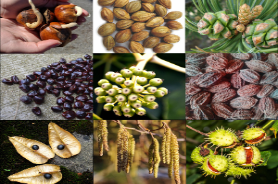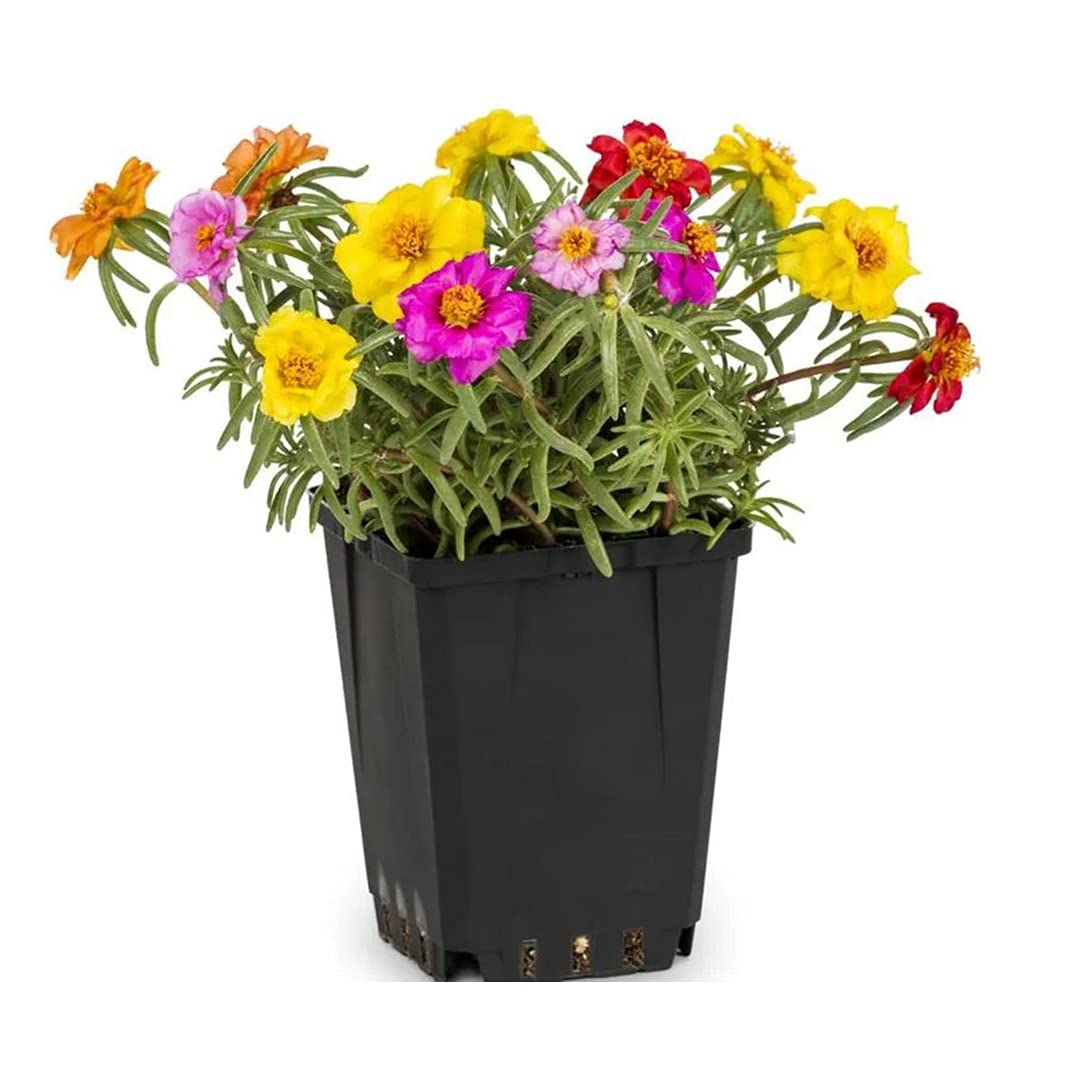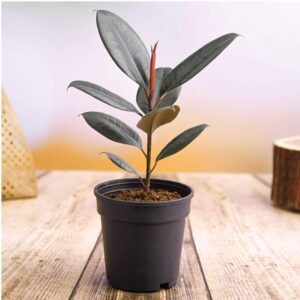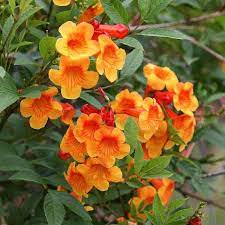Portulaca, also known as Purslane or Moss Rose, is a low-growing succulent plant from the Portulacaceae family. Native to hot and arid regions of South America, this annual or perennial herb is now widely cultivated worldwide as an ornamental plant. Its popularity stems from its vibrant flowers, easy maintenance, and ability to thrive in poor soil and drought conditions.
Physical Appearance:
Portulaca typically forms dense mats or clumps and reaches a height of 4 to 8 inches (10 to 20 centimeters) with a spread of about 6 to 12 inches (15 to 30 centimeters). Its cylindrical, succulent-like leaves are fleshy, smooth, and range in color from green to reddish-green. The leaves are often arranged in opposite pairs along the stems.
Flowers:
The striking flowers of Portulaca are one of its main attractions. They come in a wide range of colors, including shades of red, pink, yellow, orange, white, and even bicolor combinations. The flowers have a saucer-like shape with multiple petals and can be up to 1 inch (2.5 centimeters) in diameter. Blooms often close during the evening or on cloudy days and reopen in the sunlight.
Cultural Requirements:
Portulaca is a resilient plant and thrives in hot, sunny environments with well-draining soil. It is drought-tolerant and prefers minimal watering, making it an excellent choice for xeriscaping and rock gardens. Overwatering can lead to root rot, so it’s crucial to avoid waterlogged conditions. This plant is frost-sensitive and typically grown as an annual in colder climates.
Uses:
1. Ornamental Purposes: Portulaca is commonly used as a ground cover or bedding plant due to its low growth habit and colorful blooms. It adds a vibrant touch to gardens, borders, and containers.
2. Erosion Control: Its spreading nature and ability to withstand harsh conditions make it useful for stabilizing soil on slopes and preventing erosion.
3. Culinary Use: Some varieties of Portulaca, particularly Purslane (Portulaca oleracea), are edible and used as leafy greens in various cuisines worldwide. Purslane is rich in nutrients like omega-3 fatty acids, vitamins, and minerals.
4. Medicinal Uses: In traditional medicine, Portulaca species have been used for their potential health benefits, including anti-inflammatory and antioxidant properties.
5. Ecological Importance: Portulaca flowers attract pollinators like bees and butterflies, supporting biodiversity in the garden.
Note: While Portulaca is generally safe and non-toxic, it’s essential to avoid consumption if there’s any uncertainty about the specific variety and its edibility. Additionally, in some regions, Portulaca can self-seed vigorously, potentially becoming invasive in certain environments. Regular deadheading of spent flowers can help control self-seeding and encourage continued blooming.













Reviews
There are no reviews yet.